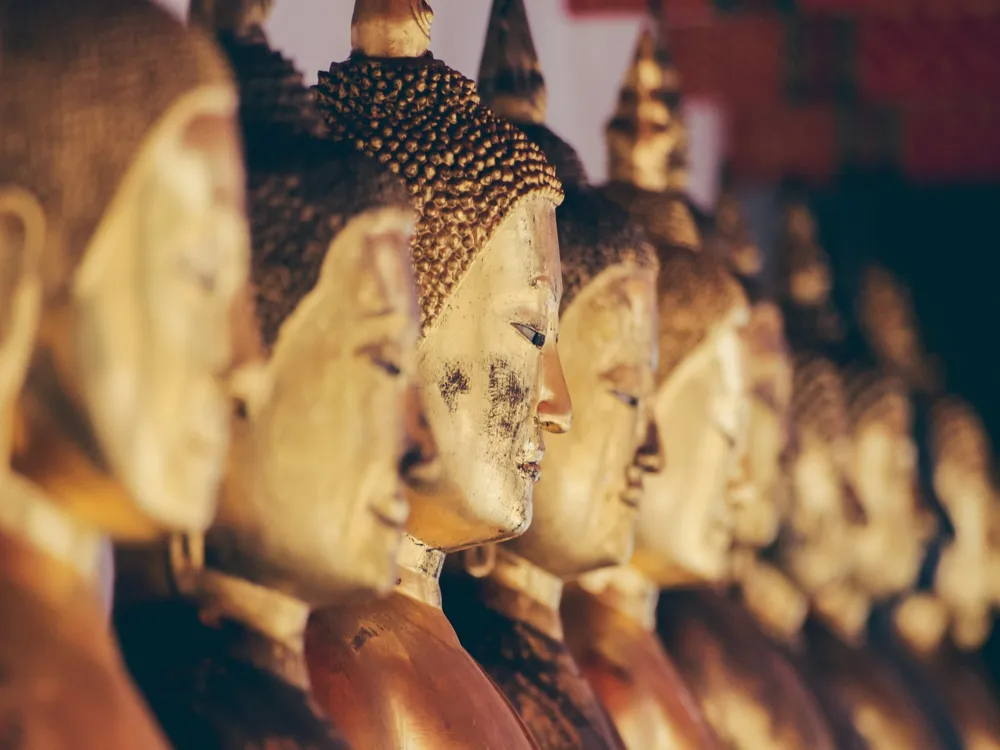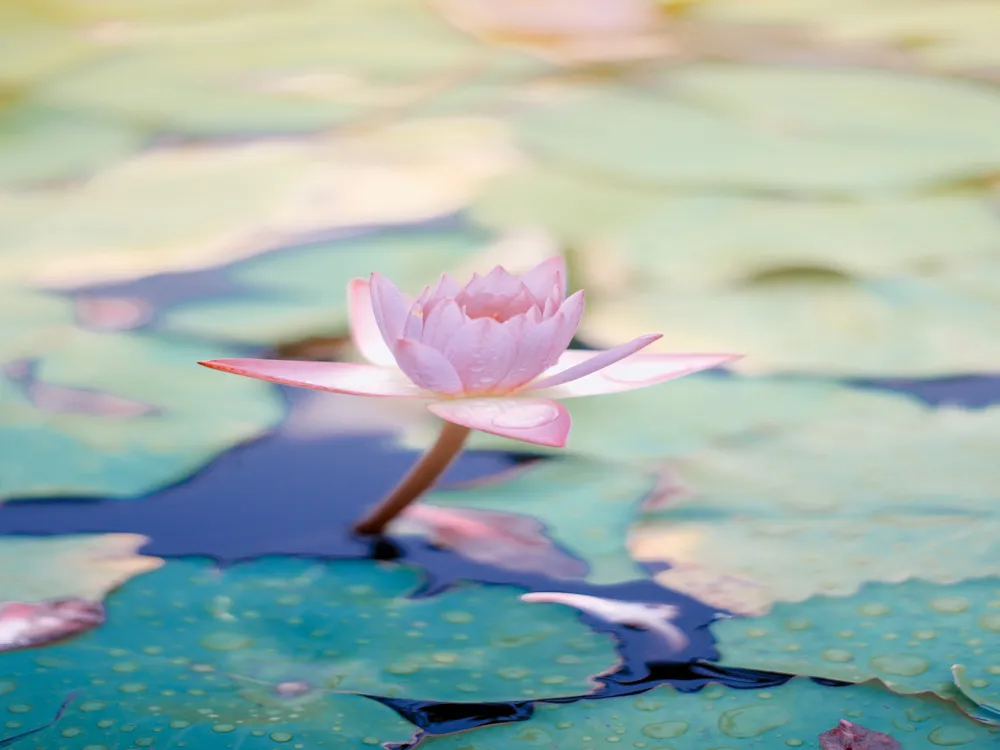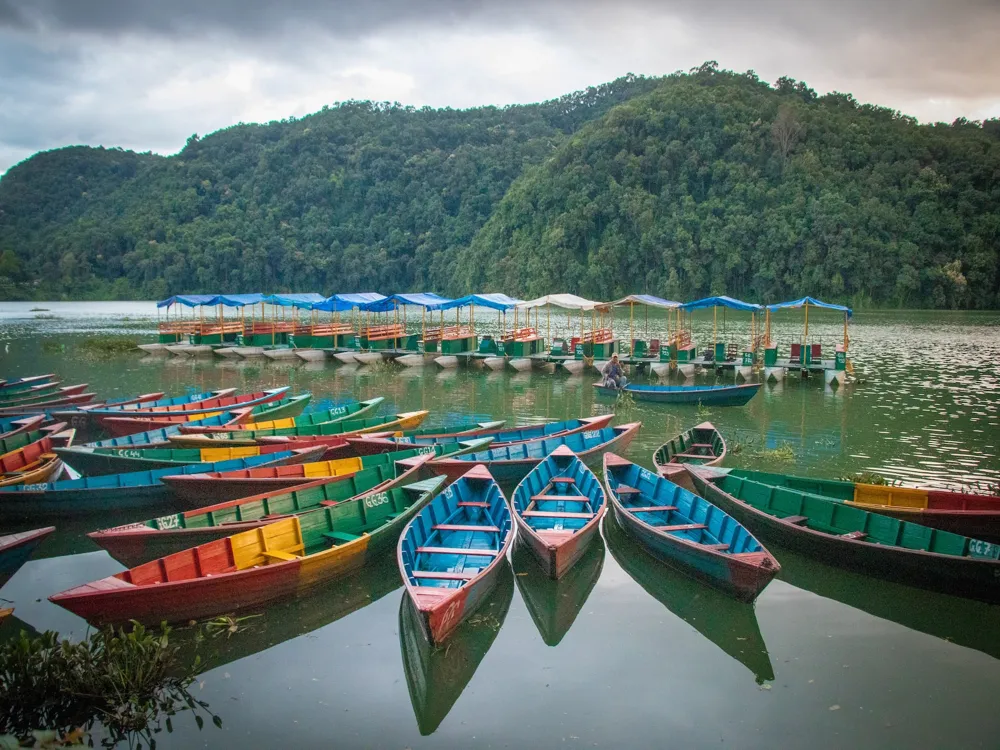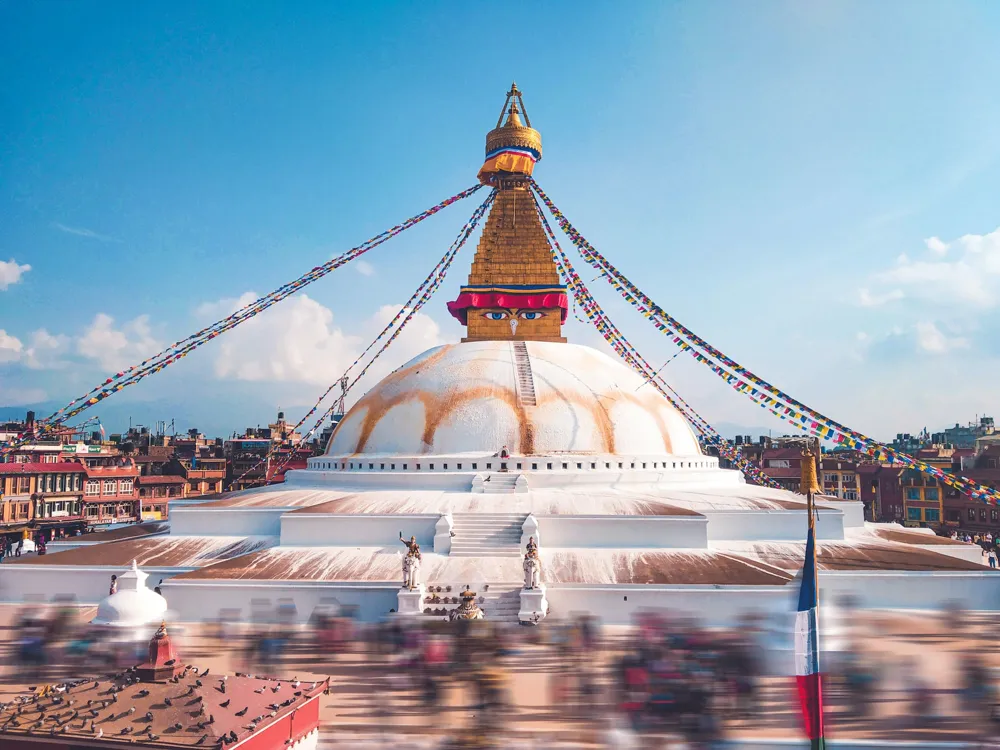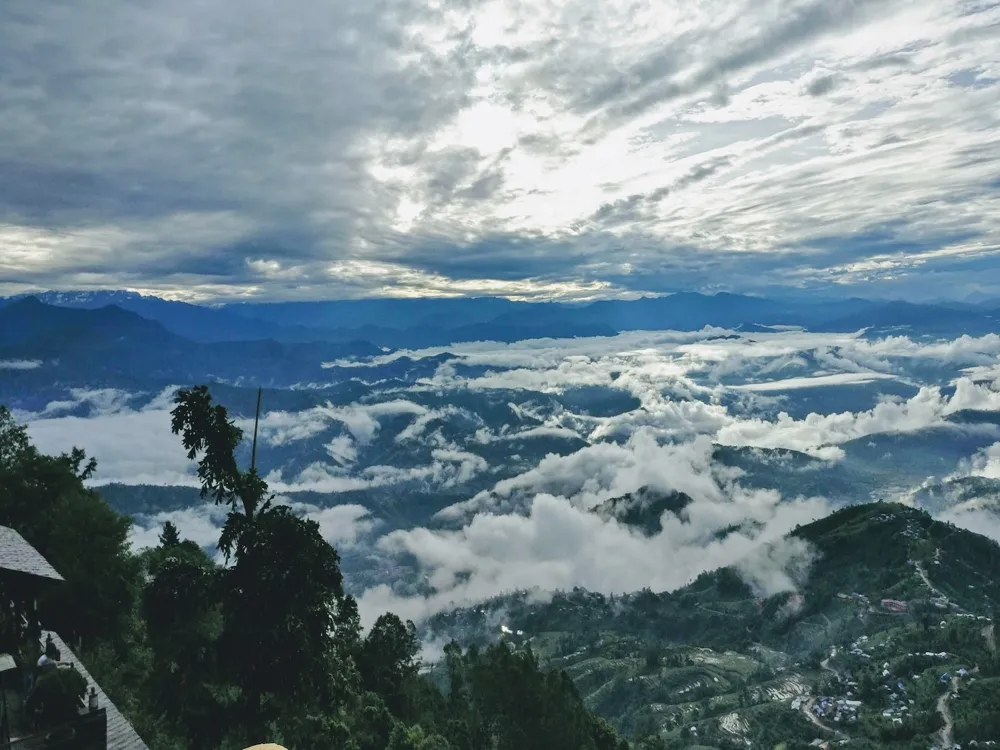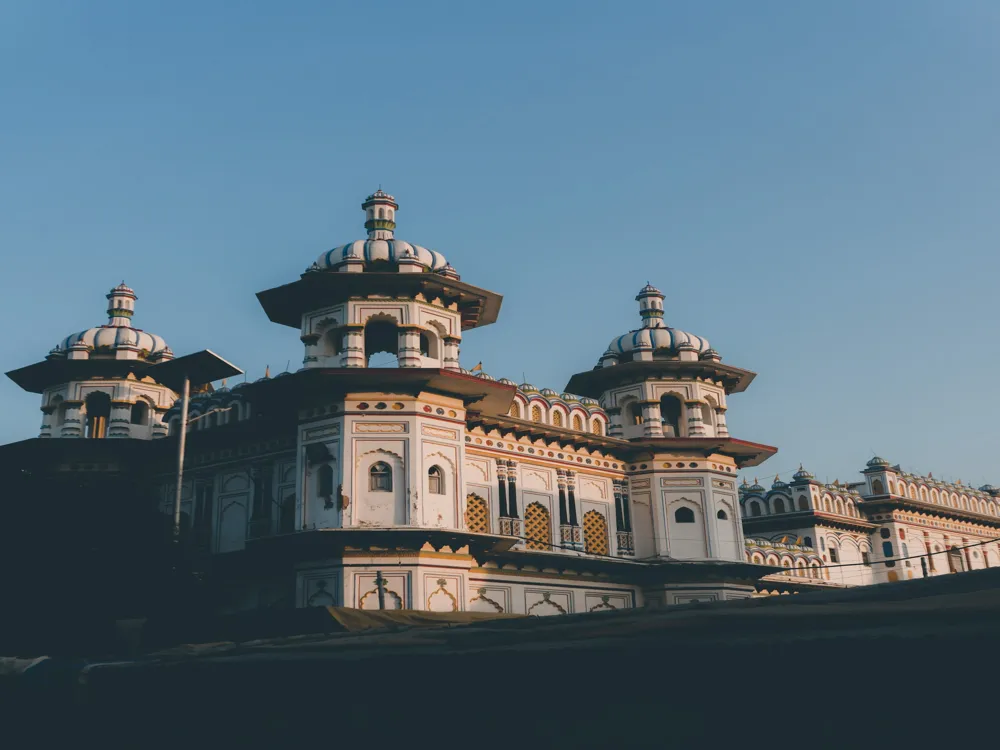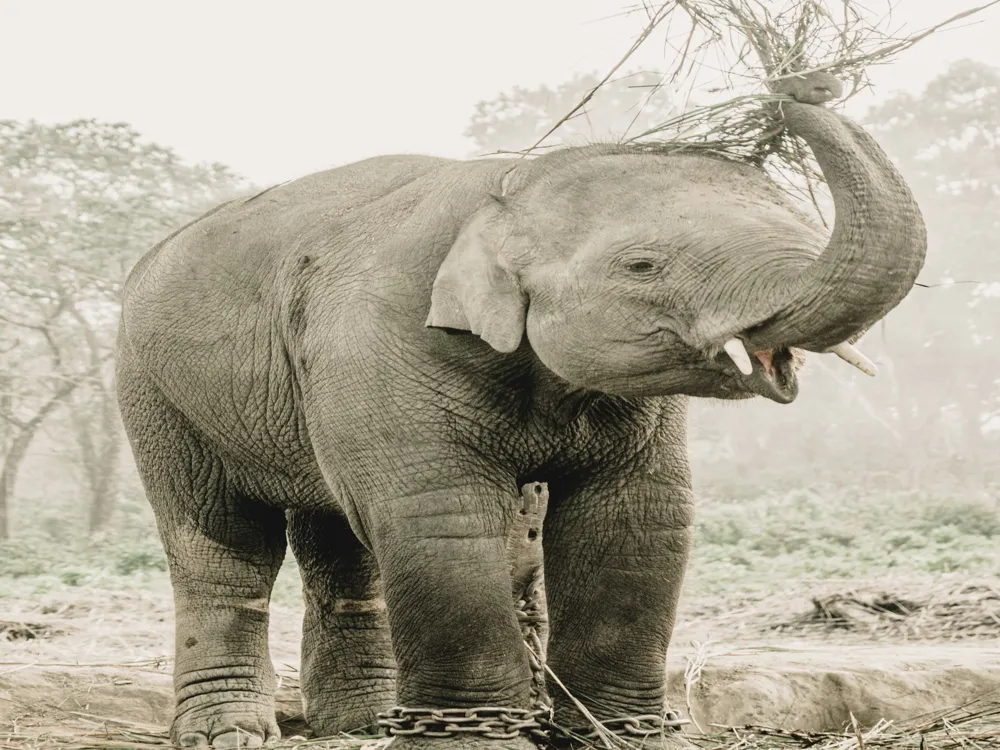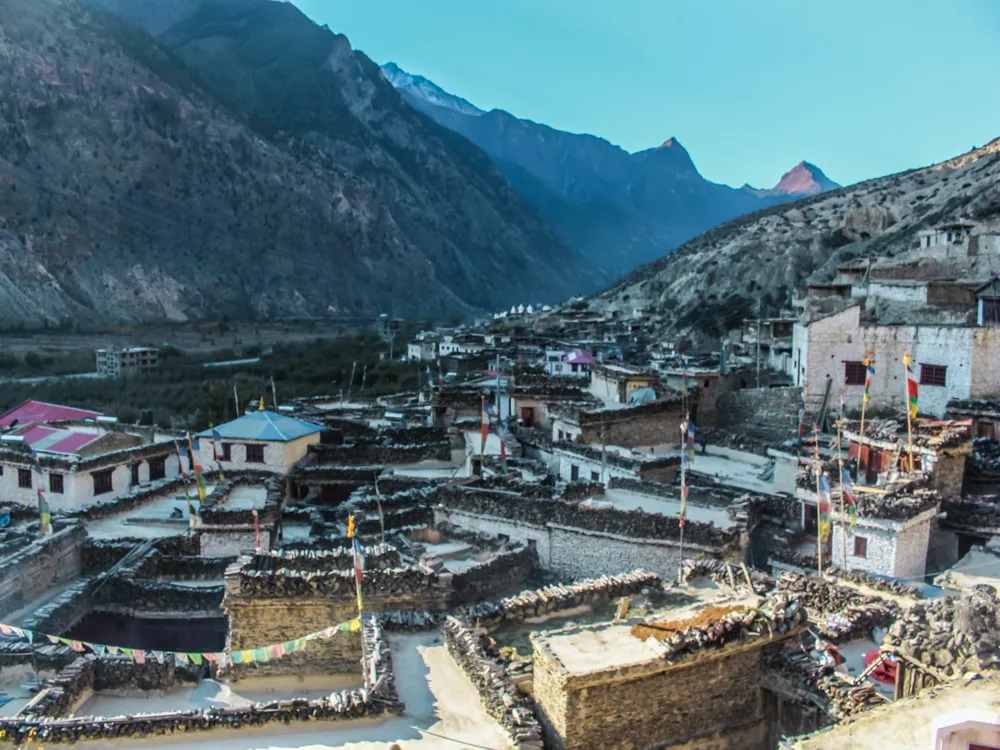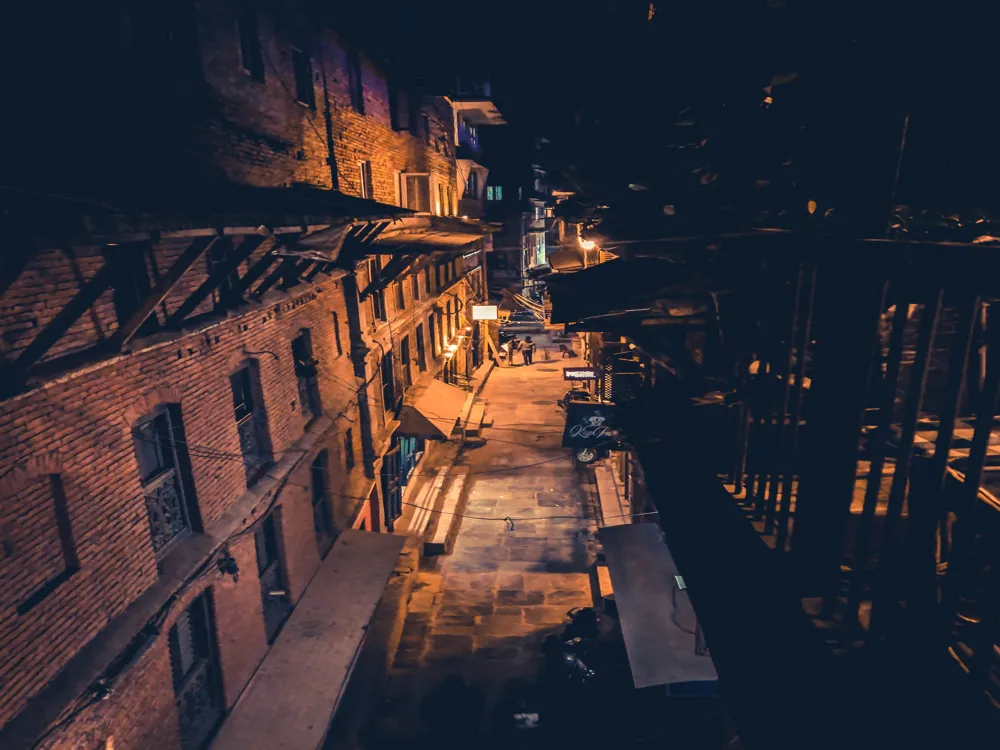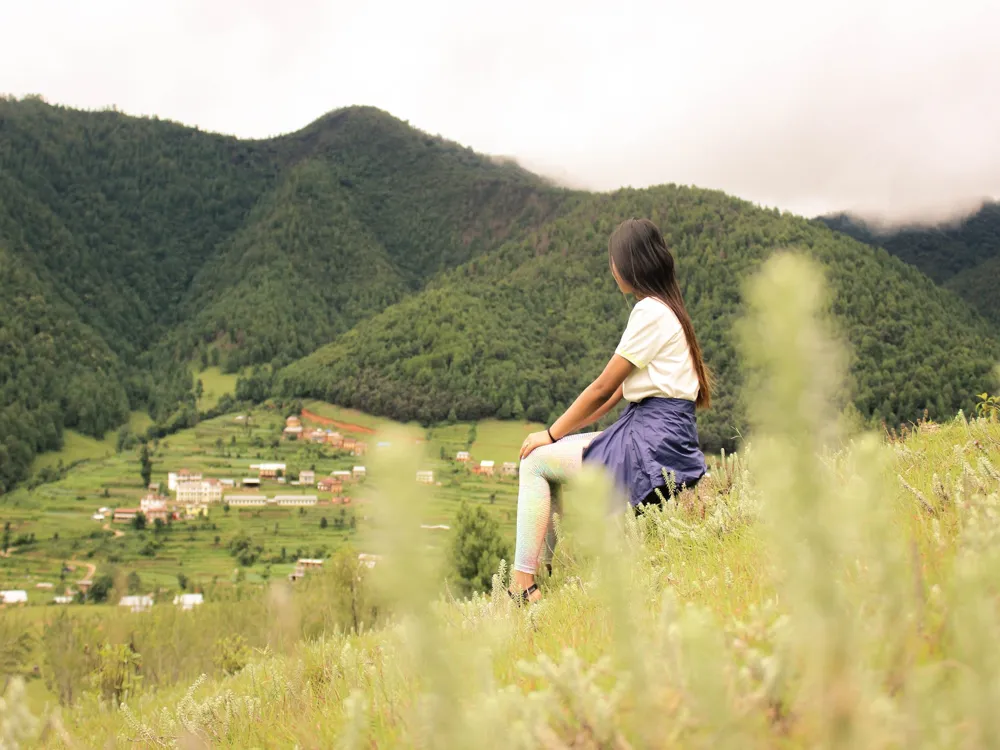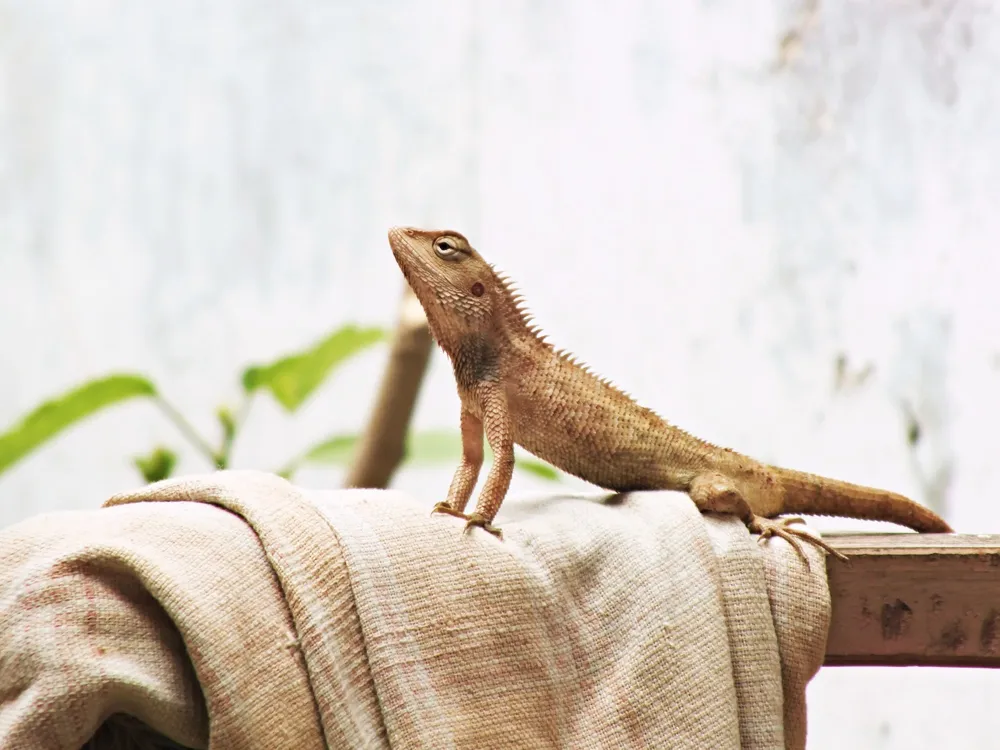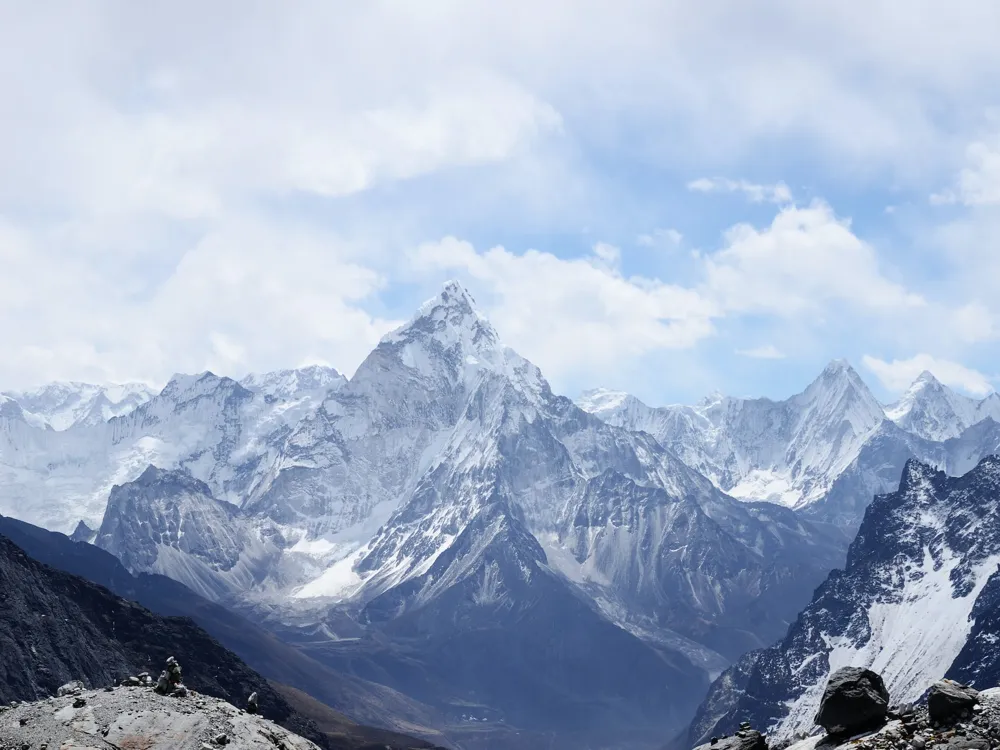The Lumbini Monastic Site, located in Nepal, is renowned as the birthplace of Siddhartha Gautama, who later became Buddha. This sacred site features a variety of temples, monasteries, and monuments. It is a place of pilgrimage for Buddhists worldwide, reflecting rich historical and spiritual significance. The site encapsulates tranquility and is surrounded by a rural setting, offering a serene environment for visitors. The architecture of the Lumbini Monastic Site is a blend of ancient and modern designs, with influences from various Buddhist traditions. Key structures include the Maya Devi Temple, dedicated to Buddha's mother, and the Ashoka Pillar, erected by Emperor Ashoka in the 3rd century BC. The site also houses monasteries built by different Buddhist nations, each showcasing unique architectural styles that represent their respective cultures. 1. Dress Respectfully: As a sacred site, visitors should wear modest clothing covering shoulders and knees. 2. Best Time to Visit: The ideal time to visit is between October and April when the weather is pleasant. 3. Guided Tours: Consider hiring a guide for a more insightful experience. 4. Stay Hydrated: Carry water, especially during the hot months. 5. Respect the Sites: Remember to remove shoes before entering temples and refrain from touching the religious artifacts. Lumbini is accessible by various modes of transportation. The nearest airport is Gautam Buddha Airport in Bhairahawa, with regular flights from Kathmandu. Visitors can also opt for buses or private vehicles from major cities like Kathmandu and Pokhara. For international travelers, the closest Indian railway station is in Gorakhpur, from where one can take a bus or taxi to Lumbini. Read More:Overview of Lumbini Monastic Site
Architecture of Lumbini Monastic Site
Tips When Visiting Lumbini Monastic Site
Click for Tips
How To Reach Lumbini Monastic Site
Lumbini Monastic Site
Lumbini
₹ 24,500 onwards
View lumbini Packages
Lumbini Travel Packages
View All Packages For Lumbini
Top Hotel Collections for Lumbini

Private Pool

Luxury Hotels

5-Star Hotels

Pet Friendly
Top Hotels Near Lumbini
Other Top Ranking Places In Lumbini
View All Places To Visit In lumbini
View lumbini Packages
Lumbini Travel Packages
View All Packages For Lumbini
Top Hotel Collections for Lumbini

Private Pool

Luxury Hotels

5-Star Hotels

Pet Friendly








/china-temple-zhong-hua-chinese-buddhist-monastery-slider-1.webp)
